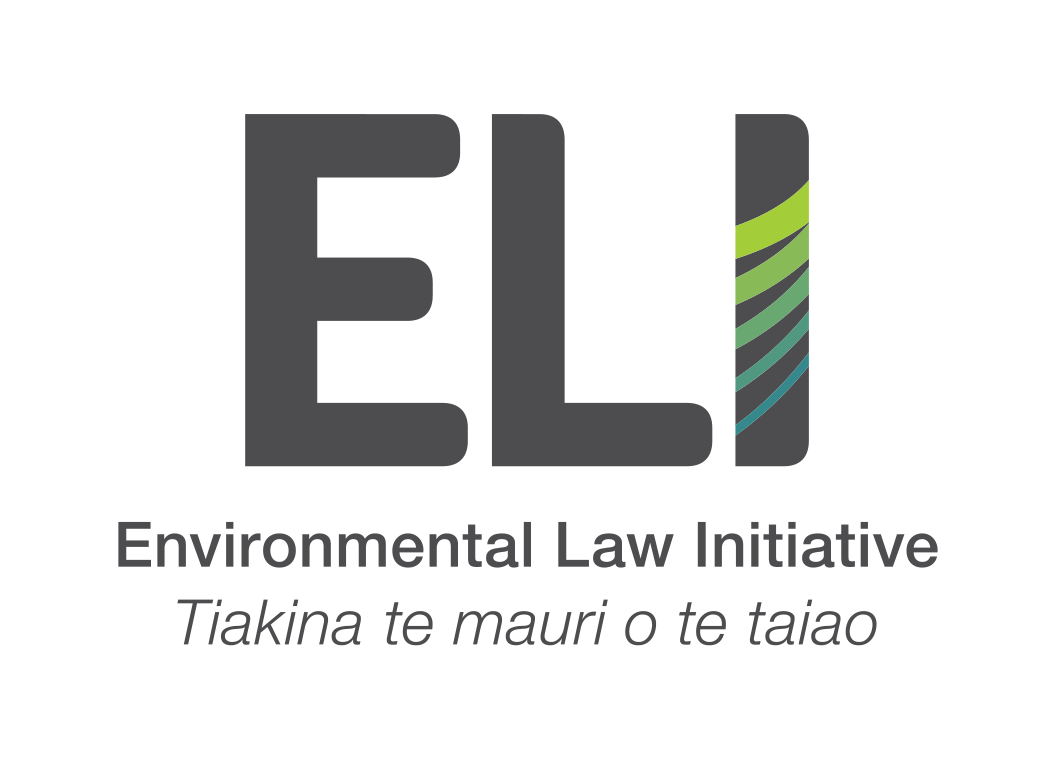ELI challenges Government for under-resourcing fisheries conservation and research
The Environmental Law Initiative says the Government is under-levying the fishing industry by millions of dollars, which is contributing to the insufficient resourcing of marine conservation research and the decreasing deployment of fishery observers.
Each year, the Minister of Oceans and Fisheries sets levies on the fishing industry, based on advice from Fisheries NZ. Levies were brought in by the National Government in 1994 with the support of the fishing industry, to replace resource rentals which until then had put a price on commercial access to fishery stocks.
ELI’s director, research and legal Dr Matt Hall says, “The setting of levies should be determined by what services, including scientific research and observer coverage, are required to meet the purposes of the Fisheries Act.
“That core purpose is to allow for utilisation of fishery resources whilst ensuring sustainability.”
“Yet, we have a situation right now, where we have reduced levies and at the same time large gaps in our ability to gather information critical to the sustainability of New Zealand’s fisheries.
“As an example, we have no observers for high-risk inshore fisheries for threatened species, such as hoiho yellow-eyed penguins.
“This means in some instances, we just don’t know what interactions are happening because in some smaller vessels there are neither observers or cameras.”
Data from the Department of Conservation shows the northern population of hoiho has collapsed 80% since 2008, from 739 breeding pairs to just 143.
Meanwhile, the Government has reduced observer days in inshore fisheries from 1,953 days in 2020/21 to 250 in the current year. Across the board, observer coverage has been drastically reduced.
“These services are the backbone of sustainable fishing. They need to be properly resourced so that the Government can monitor and protect vulnerable marine species like dolphins, seabirds, and turtles from the impacts of fishing.”
Dr Hall says, if the government had kept up with inflation, the levy should now be at $54.2 million. Yet Minister of Oceans and Fisheries Shane Jones set the levy to $36.3 million in the 2024/25 year (this included the return of $3.2m in accrued overcharges to the industry). This was despite Seafood industry export earnings topping $2 billion.
Government paying costs for industry research
ELI is taking legal action against the Minister of Oceans and Fisheries, Minister of Conservation, the Ministry of Primary Industries and the Department of Conservation, alleging that the Government has wrongly paid the costs of numerous fisheries research projects, rather than requiring the fishing industry to pay. ELI says this breaches the cost recovery rules under the Fisheries Act.
In the last two years, ELI alleges the Government paid at least $3,663,252 for projects and services, which should have been paid for by the industry, at least in part.
Dr Hall says, these include paying for part of the costs of large-scale trawl surveys which the industry relies on to inform their fishing.
“This amounts to a subsidy for an industry that makes millions in profit.
“We are challenging the lawfulness of these decisions made by Ministers and Crown agencies in the High Court.
“It’s important that the public interest and our taiao are defended.”
Examples of projects paid for by the Government:
Identifying environmental drivers of mussel spat survival and growth (Project code AQUA2023-05)
This project was allocated to the Crown at a cost of: $274,541 in 2023/24 (being the whole cost) and $205,961 in 2024/25 (being the whole cost).
In the words of Fisheries NZ: “This project will directly address industry needs by resourcing an industry consortium to develop a collaborative “best team” approach to identify and understand the environmental requirements of productive mussel spat nursery sites.”
ELI says that this is an aquaculture service. The costs of this project should have been allocated in accordance with item 11 of Schedule 2 of the Cost Recovery Rules.
Feasibility trial of the underwater baitsetter (Project code PSB2019-08)
This project was allocated to the Crown at a cost of $67,682 in 2023/24 (being the whole cost).
In the words of Fisheries NZ: This project is a feasibility trial to determine the operational performance and effectiveness of the underwater baitsetter as a new seabird bycatch mitigation method for use in the surface longline commercial fishery in New Zealand.
ELI says this project is a service provided to avoid, remedy, or mitigate that portion of the risk to, or adverse effect on, the aquatic environment or biological diversity of the aquatic environment caused by commercial fishing and so the costs of this project should have been allocated in accordance with item 4 of Schedule 2 of the Cost Recovery Rules.

